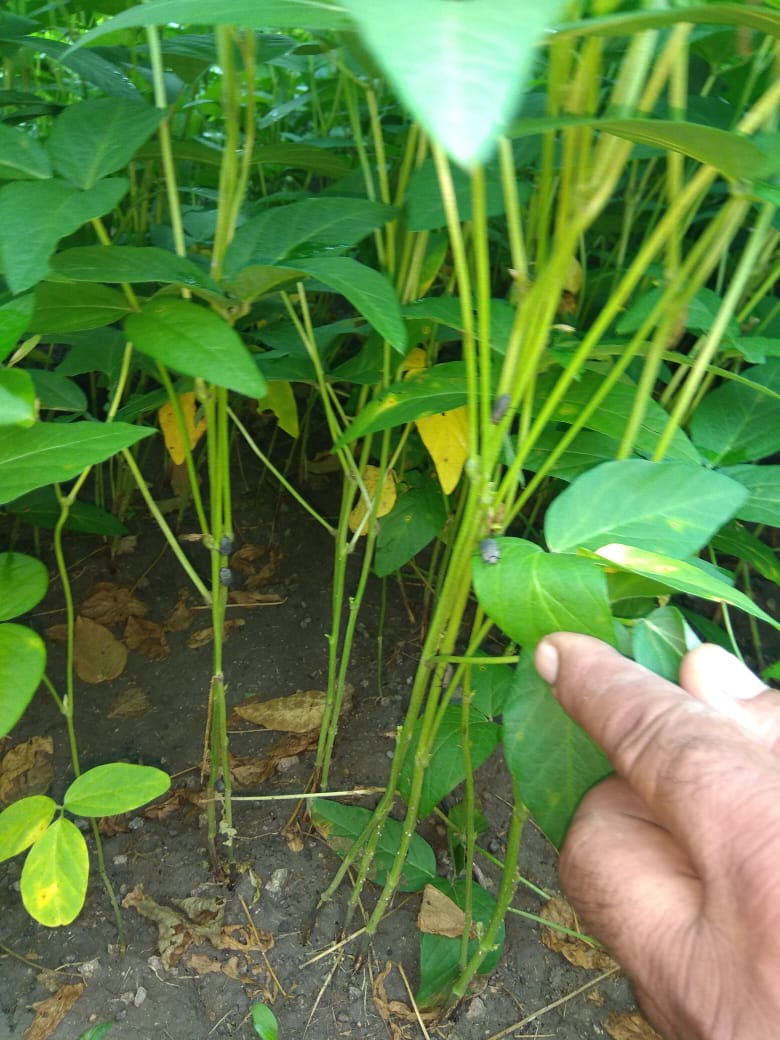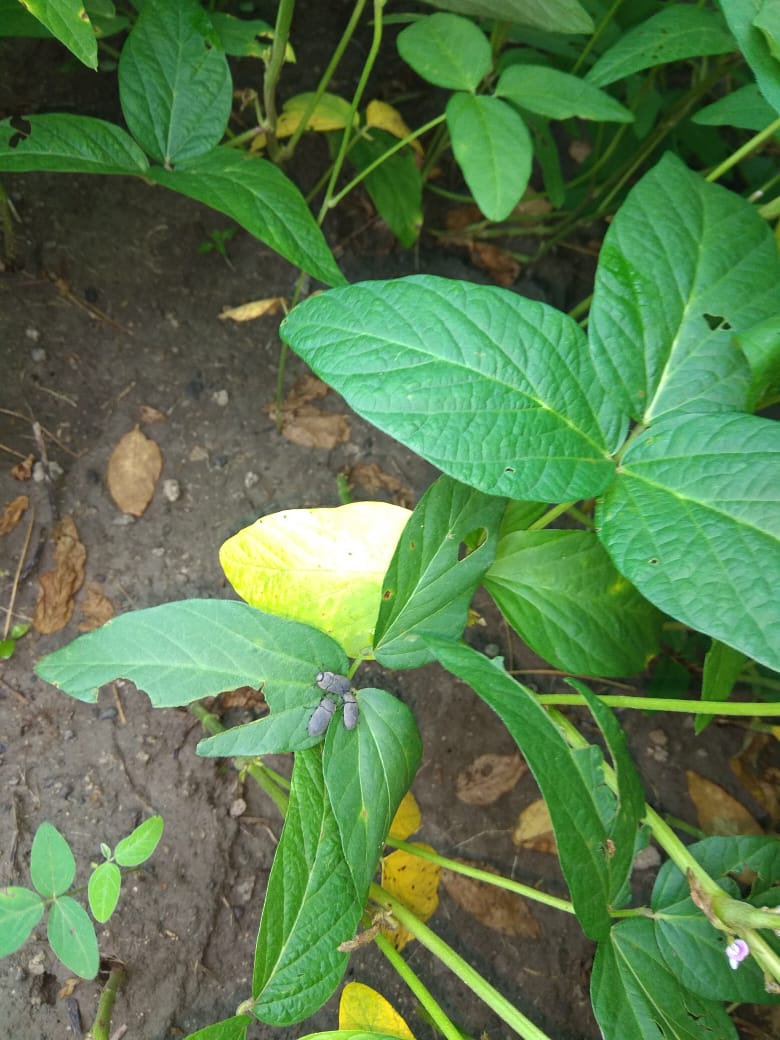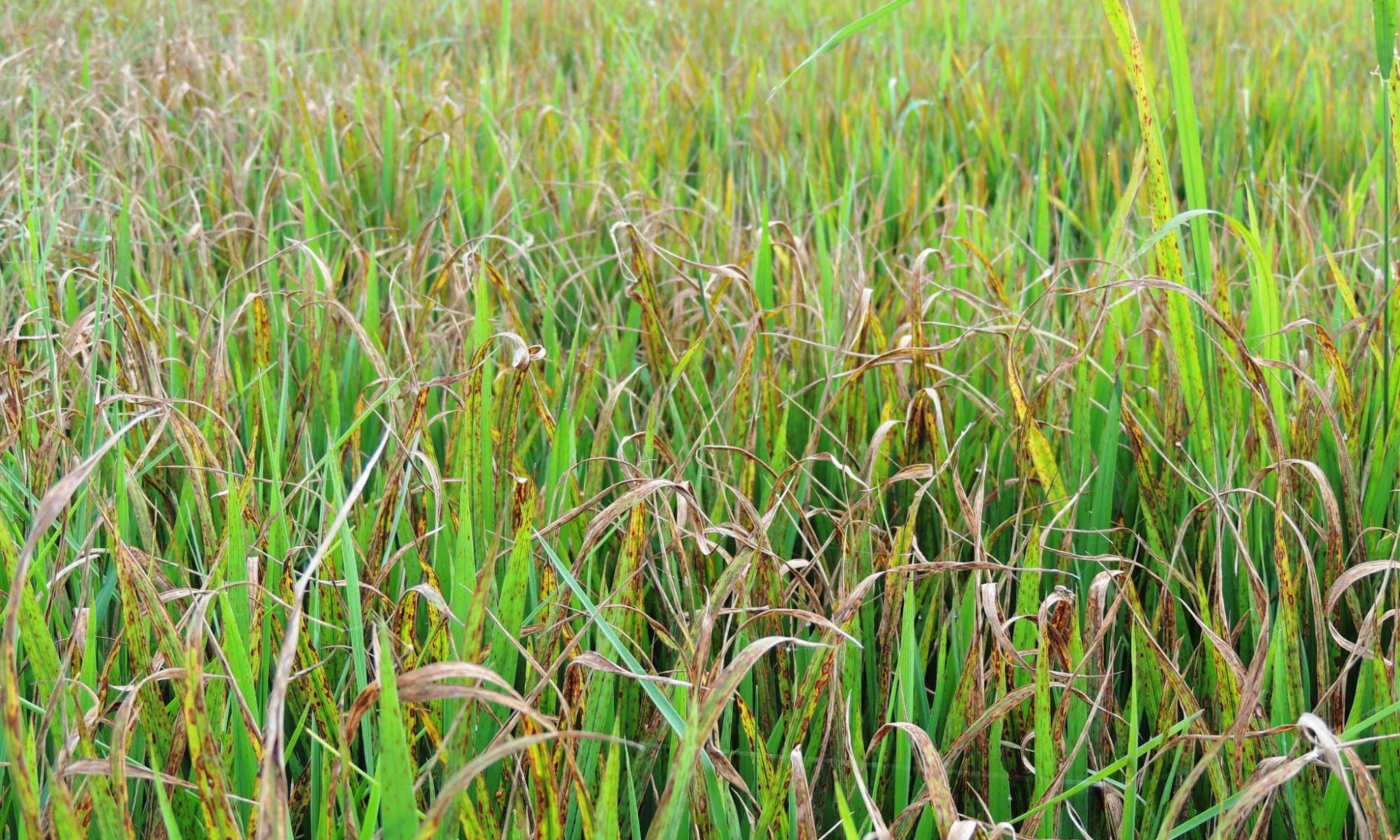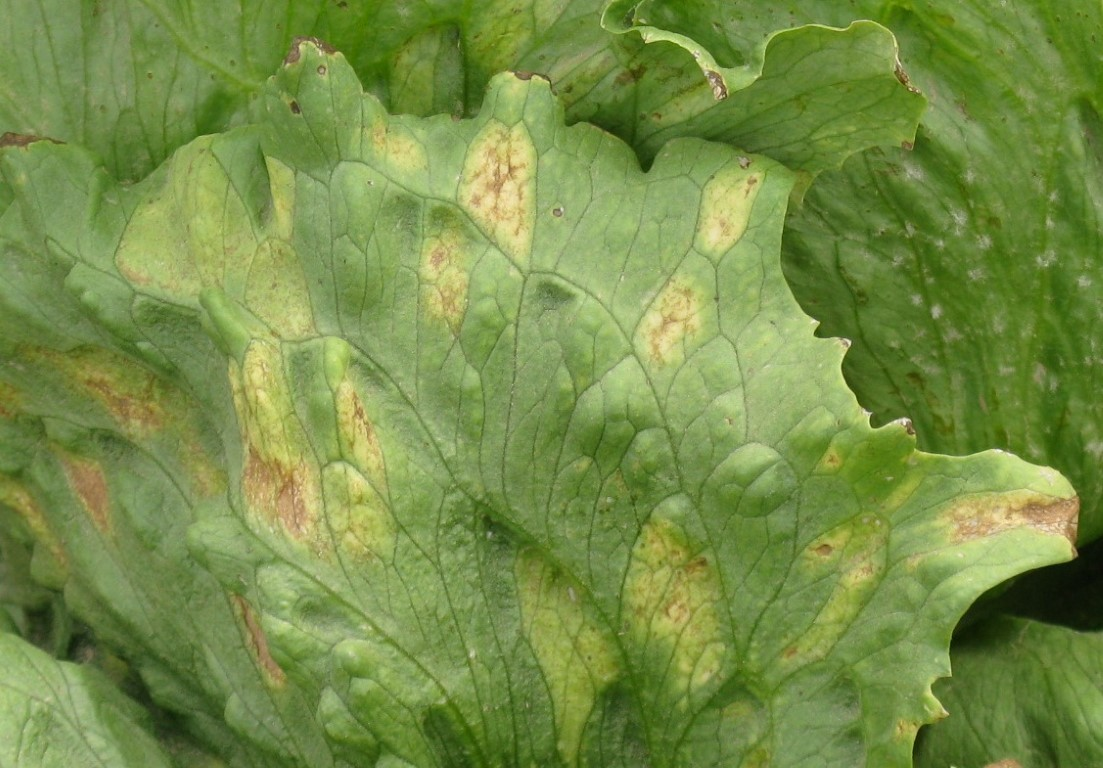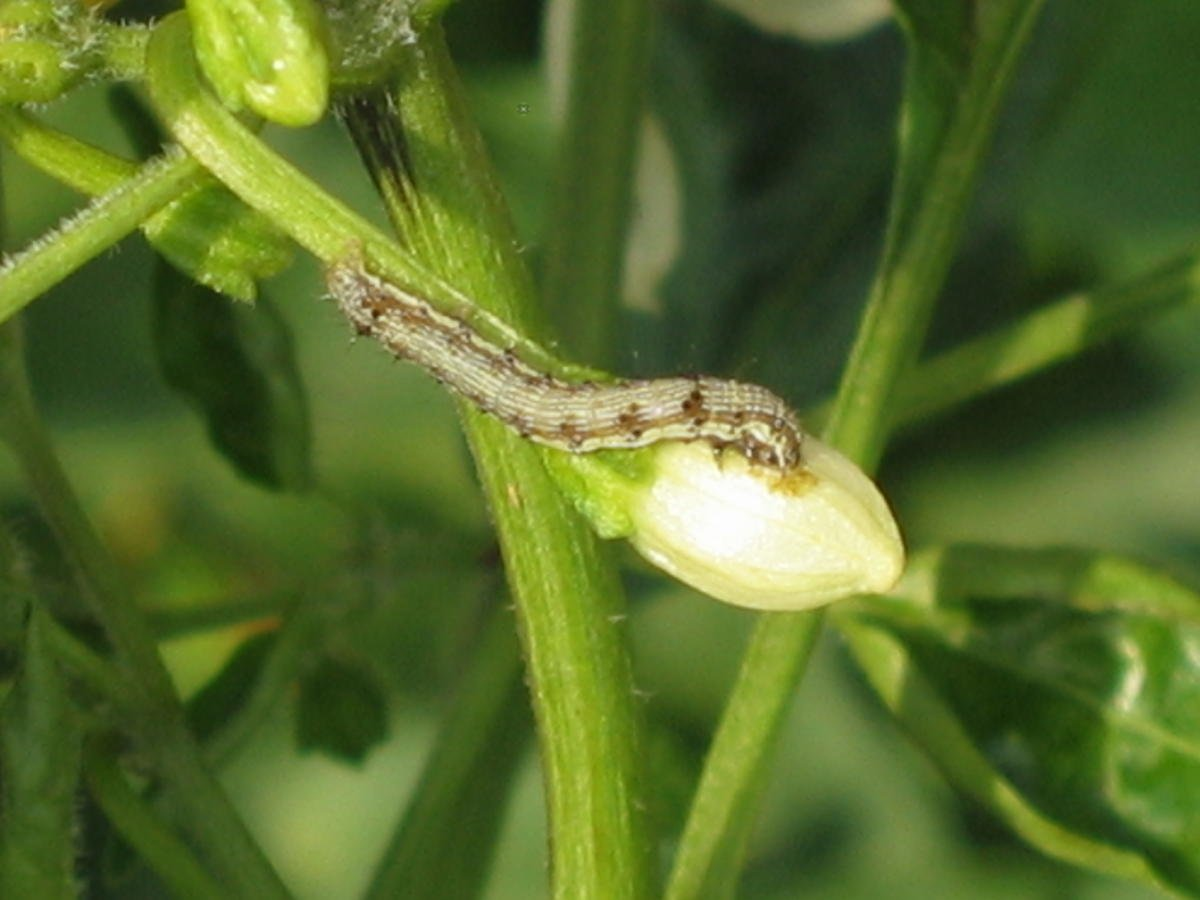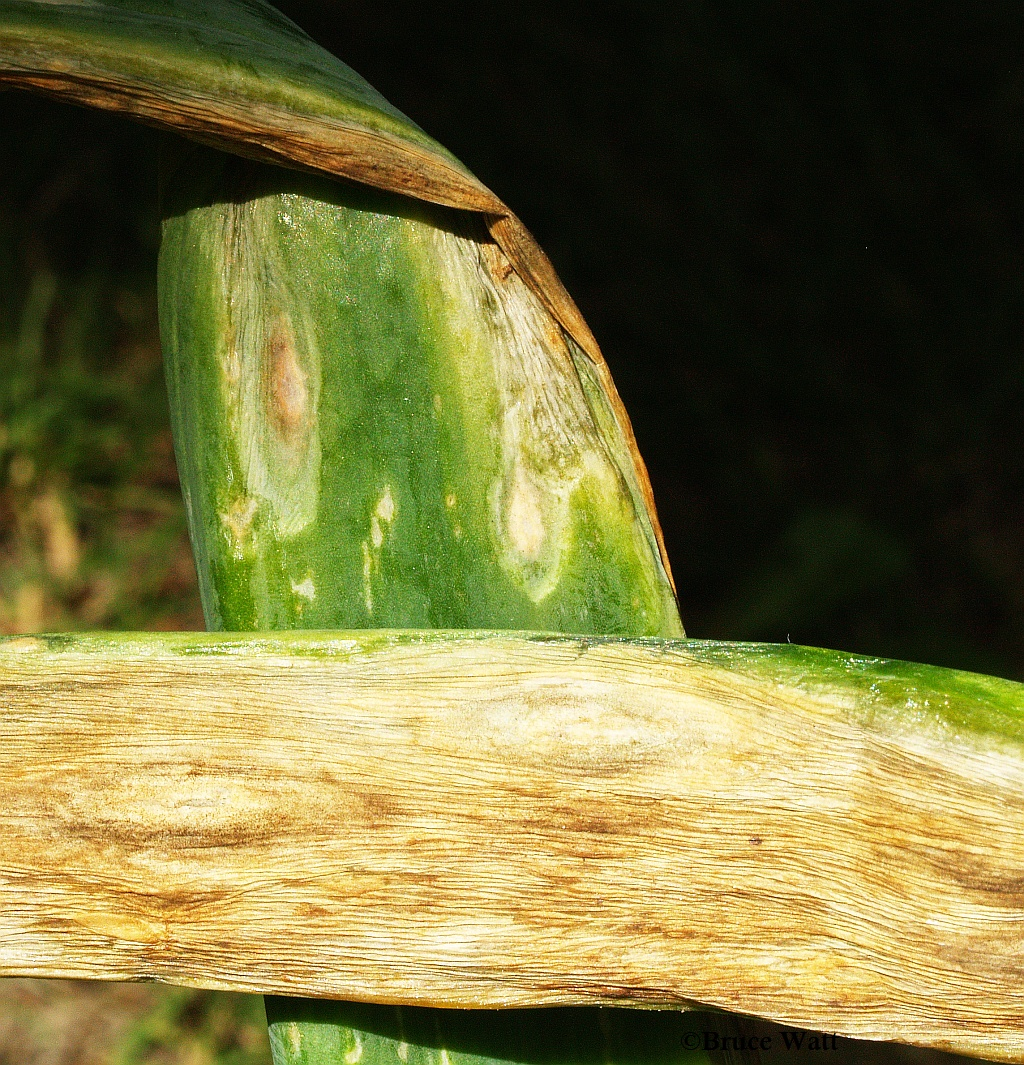Management of Thrips in Cotton:-
Nature of Damage of Thrips:-
- Nymphs and adults lacerate the tissue and suck the sap from the upper and lower surfaces of leaves.They inject saliva and suck the lysed contents of plant cells resulting in silvery or brown necrotic spots.
- Seedlings infested with thrips grow slow and the leaves become wrinkled curl upwards and distorted with white shiny patches.
- Rusty appearances in patches develop on under surface of leaves.
- Higher infestation during vegetative crop growth results in late bud formation.
- During the fruiting phase there is premature dropping of squares and the crop maturity is delayed combined with yield reduction.
- The feeding by thrips on the developing bolls late in the season cause spots or wounds on the ripening of the ball or the quality of the seed.
Management:-
- Seed treatment – Imidacloprid 60 FS @ 10 ml/kg or thiamethoxam 70 WS @ 5 g/kg seeds applied as seed treatment are efficient in suppressing the population of other sucking pest on cotton seedling.
- Maintaining weed free conditions in cotton field from the spread of development of thrips.
- Insecticidal options should be made when thrips infection results in high grade injury during clear sky period with no anticipated rains.
- Spray of NSKE prepared on farm or crude neem oil spray @ 75 ml per pump suppress thrips population during pre squaring crop stage in both cases detergent / soap powder @ 1 gm / litre of spray fluid is to be added for getting uniform spray suspension.
- Chemical Spray:- Spray any one Following insecticide.
- Profenofos 50% EC @ 50 ml/ Pump.
- Acetamiprid 20 SP @ 15 gm/Pump.
- Imidacloprid 17.8% SL @ 7 ml/pump.
- Thiamethoxam 25% WG @ 5 gm/pump.
- Fipronil 5% SC @ 40 ml/Pump.
Like and share with other farmers by clicking on button below
Share


